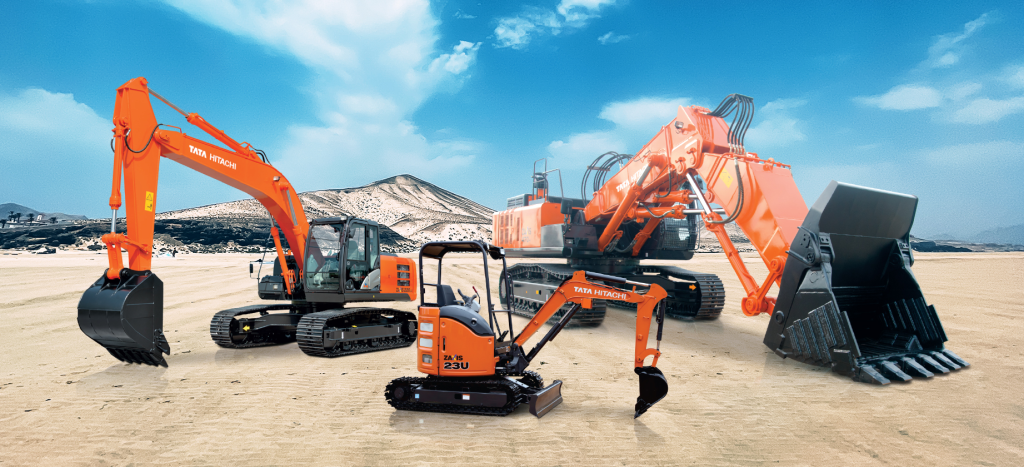Excavators are essential machines in construction, mining, and heavy equipment industries. They come in various types, each designed for specific tasks and applications. Below is an overview of the different types of excavators and their unique features.
1. Crawler Excavators
- Description: Equipped with tracks instead of wheels, crawler excavators are known for their stability and ability to navigate rough terrain.
- Uses:
- Ideal for digging and lifting in construction sites.
- Suitable for mining and demolition work.

2. Wheeled Excavators
- Description: These excavators have wheels, making them more mobile and faster on paved surfaces.
- Uses:
- Best for urban environments where speed and maneuverability are essential.
- Commonly used in road construction and maintenance.
3. Mini Excavators
- Description: Compact and lightweight, mini excavators are easy to transport and operate in tight spaces.
- Uses:
- Perfect for residential projects, landscaping, and small-scale construction.
- Often used for trenching, digging, and utility work.
4. Long Reach Excavators

- Description: Featuring an extended boom and stick, long reach excavators can access hard-to-reach areas.
- Uses:
- Ideal for dredging, deep excavation, and working over water.
- Commonly used in demolition and heavy lifting.
5. Hydraulic Excavators
- Description: These excavators use hydraulic systems for movement and power, offering precise control and flexibility.
- Uses:
- Widely used in construction for various tasks, such as digging, lifting, and grading.
- Suitable for both small and large projects.
6. Suction Excavators
- Description: Suction excavators use a powerful vacuum system to remove soil and debris.
- Uses:
- Ideal for trenching and utility work where precision is crucial.
- Minimizes damage to underground utilities and structures.
7. Railway Excavators
- Description: Designed specifically for rail construction and maintenance, these excavators can operate on tracks.
- Uses:
- Used for building and repairing railway lines.
- Ideal for lifting heavy materials and equipment in rail projects.
Conclusion
Understanding the different types of excavators available is essential for selecting the right equipment for your project. Each type is designed for specific tasks, and choosing the appropriate excavator can greatly enhance efficiency and effectiveness in construction and excavation work. Whether you need a compact mini excavator for residential projects or a powerful crawler excavator for heavy-duty tasks, there’s an excavator suited for every need.
It is also important to understand the parts of the excavator
